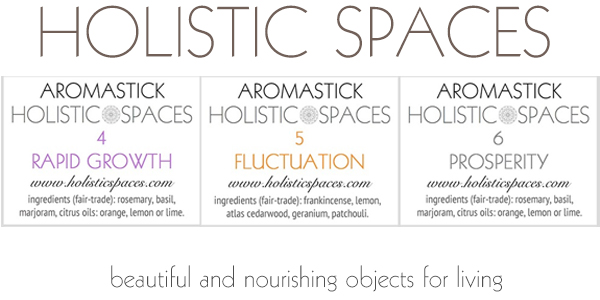If you live in this century, and let’s face it, you do, you’ve undoubtedly been encouraged to save water in any way possible to you. One obvious reason for preserving our water supply is that, contrary to popular belief, water is not a renewable resource. Our planet has a finite amount of water, and only 1% of this resource is even available for human consumption. In addition to this very obvious reason to be wary of water use, there are numerous other factors influencing the mission to reduce our nation’s, and our planet’s, use of this precious resource.
As previously mentioned, of the finite amount of water available to us on Earth, only a stunning 1% is potable, and this number is rapidly decreasing due to excessive pollutants and litter being dumped into our clean water supply almost daily. We absolutely cannot live without clean drinking water, and neither can any other species supported by Earth. Every living creature needs water, which means that even if we redirect our pollution into water sources that humans do not currently use, we are still actively killing various species of the animal kingdom, many of which are already endangered. Even for advocates of animal consumption, this is an issue. What will you eat if we eradicate all existing species? Inability to conserve our water for later use ultimately means extinction of all life on our planet.
Aside from keeping the entire planet alive, conservation of water is beneficial for that other green substance we love: money. Taking care to monitor your water usage and preserve as much as possible directly influences the amount of money we spend each month, each year on utility bills. These equations are simple. Many of us are charged based on water consumption, as we are with any other energy source. The fewer gallons we utilize, the less money we pay. As a side note, popular methods for conserving water can save thousands of gallons of water annually. Conserving water doesn’t just decrease water utility bills, though. It also directly affects the cost of other energy bills including gas. The fewer gallons of water you heat for various reasons, from showering to washing clothes to washing dishes, the less gas you use to heat this water, which results in immediately lower gas bills.
Other reasons for conserving water include reducing state and national funds (to which we contribute) spent on public structure aimed at keeping our water supply flowing and fresh, reducing expenditures on sewage and wastewater processes and even reduction of the occurrence of sinkholes in some states.





